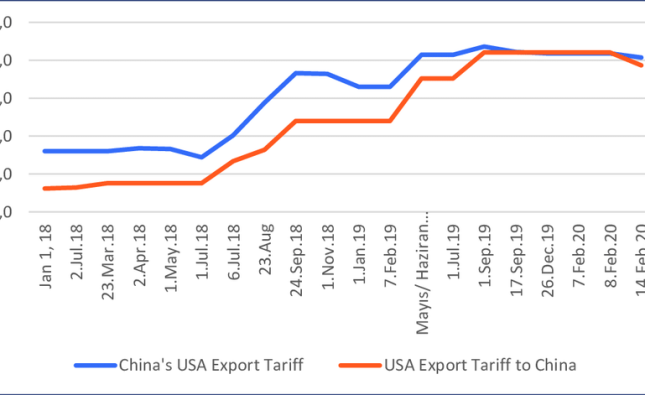
Introduction:
Meet Dr. Elizabeth Chen, an esteemed Associate Professor of Finance with a PhD in Economics, whose expertise illuminates the intricacies of navigating turbulent financial landscapes. In this article, Dr. Chen shares invaluable insights and strategies to empower individual investors in safeguarding their liquid assets during times of economic uncertainty.
Understanding Liquid Assets:
Liquid assets refer to investments or assets that can be quickly converted into cash without significant loss of value. These include cash, marketable securities, and certain types of bonds. Dr. Chen emphasizes the importance of liquidity, especially during times of market turbulence, as it provides investors with flexibility and resilience.
The Importance of Liquidity in Volatile Markets:

In times of economic uncertainty, having a portion of your portfolio allocated to liquid assets is crucial. Dr. Chen explains how liquidity acts as a buffer against sudden market downturns, allowing investors to meet financial obligations and seize opportunities amidst volatility.
Strategies for Safeguarding Liquid Assets:
Dr. Chen outlines practical strategies for safeguarding liquid assets, including maintaining a balanced portfolio, diversifying investments across different asset classes, and regularly reassessing risk tolerance and investment goals.
Diversification: A Key Principle in Asset Management:
Diversification spreads risk across various asset classes, reducing the impact of market fluctuations on overall portfolio performance. Dr. Chen advises investors to diversify their holdings to mitigate potential losses during turbulent times.
Emergency Funds: Building Your Financial Safety Net:
Establishing an emergency fund comprised of liquid assets is essential for weathering financial emergencies, such as job loss or unexpected expenses. Dr. Chen recommends maintaining three to six months’ worth of living expenses in a readily accessible account.
Monitoring and Adjusting Your Investment Portfolio:
Regularly monitoring market trends and adjusting your investment portfolio accordingly is crucial for maintaining financial stability. Dr. Chen advises investors to stay informed, reevaluate investment strategies, and seek professional guidance when needed.
Seeking Professional Guidance: When to Consult a Financial Advisor:
While individual investors can implement basic strategies for managing liquid assets, seeking guidance from a qualified financial advisor can provide personalized insights and expertise tailored to individual financial goals and risk tolerance levels.
Visual Table for Key Points:
| Key Point | Description |
|---|---|
| Understanding Liquid Assets | Definition and examples of liquid assets |
| Importance of Liquidity | Role of liquidity in volatile markets |
| Strategies for Safeguarding Assets | Tips for protecting investments during turbulent times |
| Diversification | Benefits of diversifying investment portfolios |
| Emergency Funds | Guidelines for building and maintaining an emergency fund |
| Monitoring and Adjusting Investments | Importance of staying informed and adaptable |
| Seeking Professional Guidance | When to consult a financial advisor |
Comparative Table:
| Feature | Liquid Assets | Illiquid Assets |
|---|---|---|
| Accessibility | High | Low |
| Conversion Speed | Fast | Slow |
| Value Stability | Relatively Stable | Subject to Fluctuations |
| Risk of Loss | Minimal | Higher |
| Examples | Cash, Stocks, Bonds | Real Estate, Private Equity |
Conclusion:
In times of economic uncertainty, safeguarding liquid assets is paramount for individual investors seeking stability and resilience. By understanding the importance of liquidity, implementing strategic asset allocation, and seeking professional guidance when needed, investors can navigate turbulent markets with confidence. Remember, the key to financial stability lies in prudent planning, diversification, and adaptability.
Through the expert guidance of Dr. Elizabeth Chen, investors can equip themselves with the knowledge and strategies necessary to weather market fluctuations and emerge stronger in the face of uncertainty.










